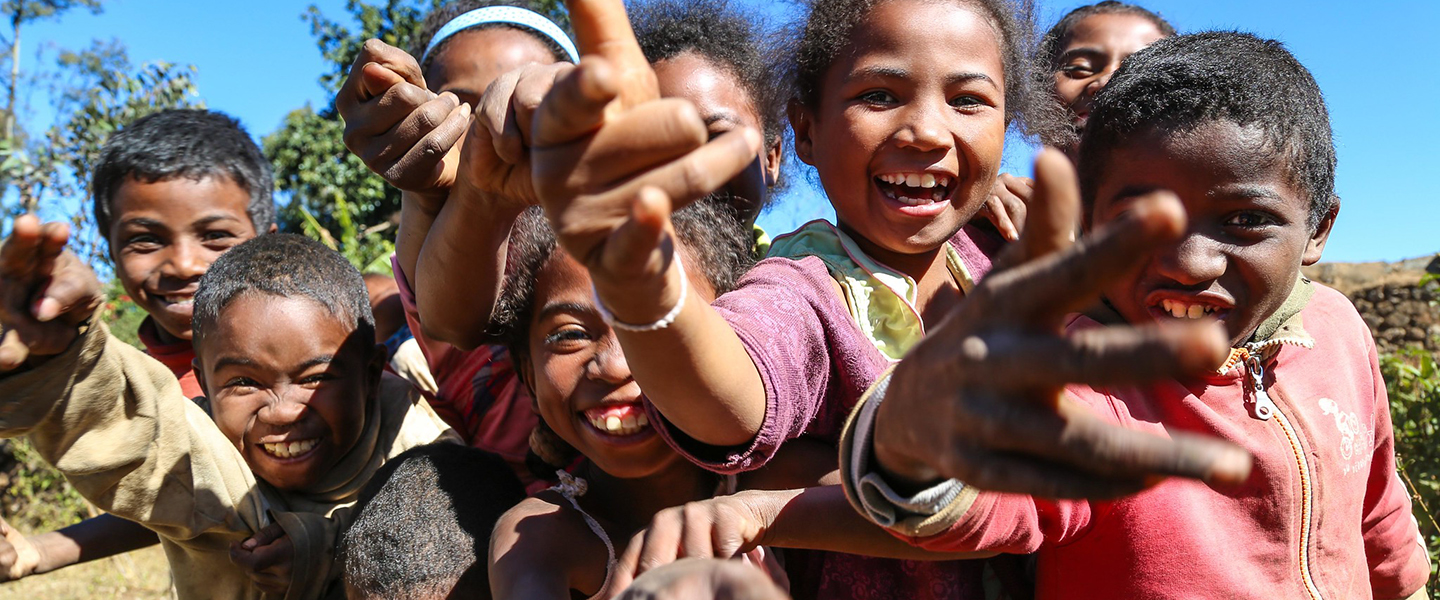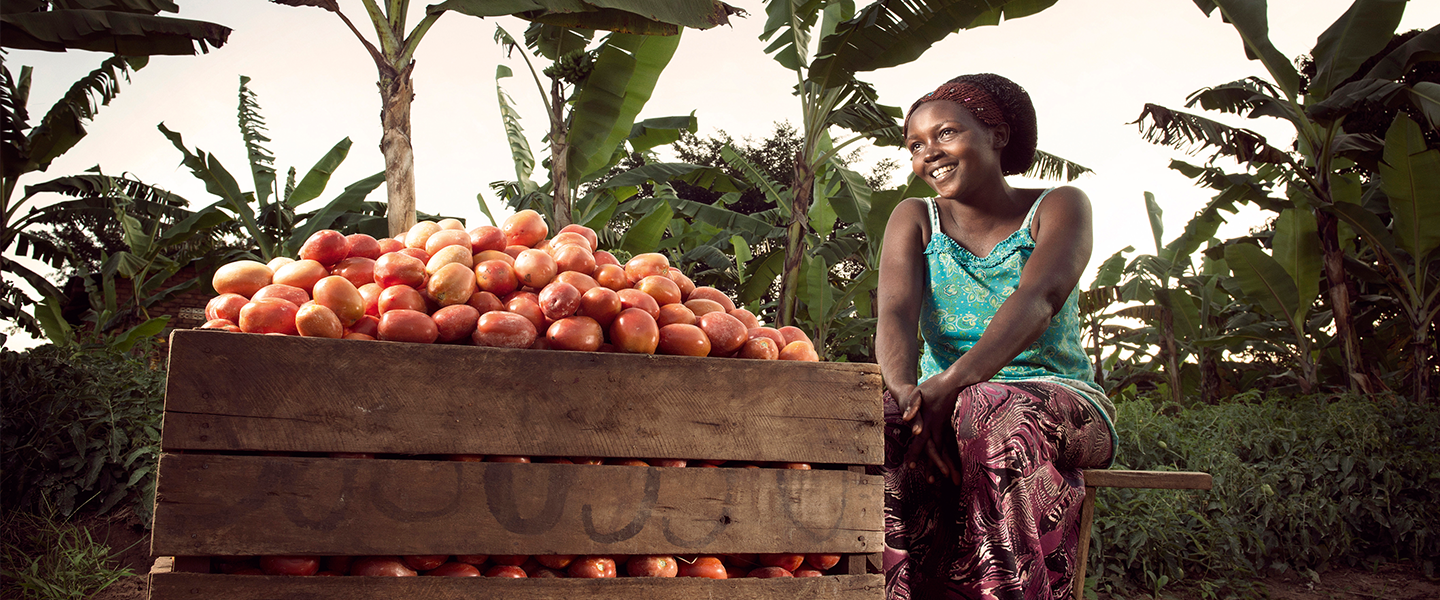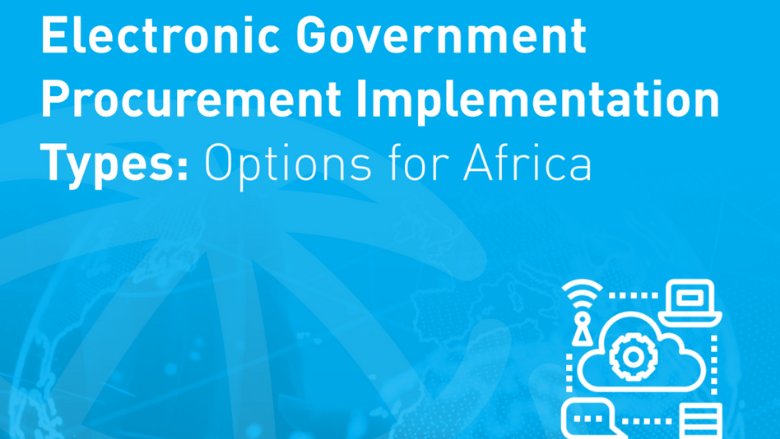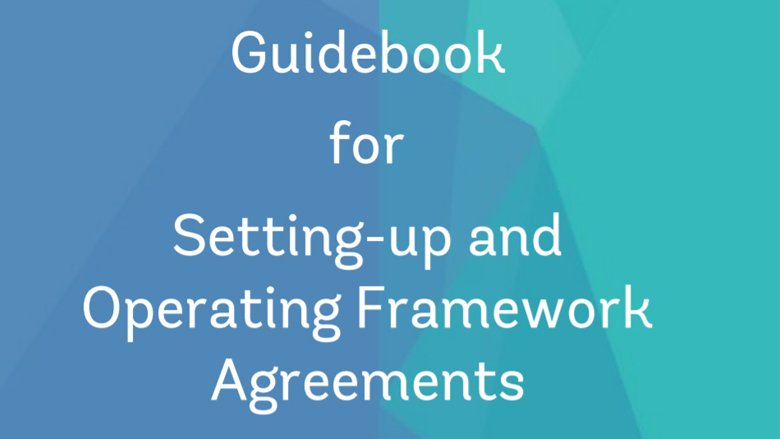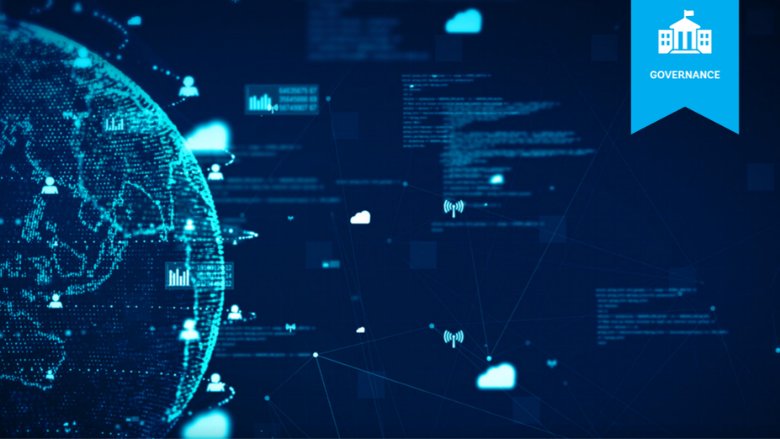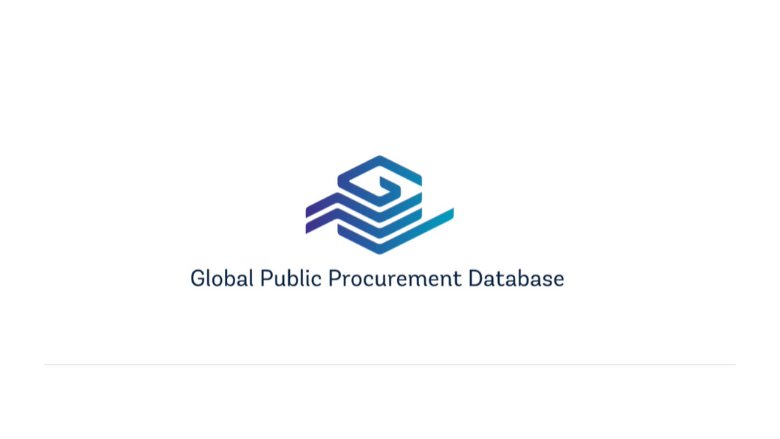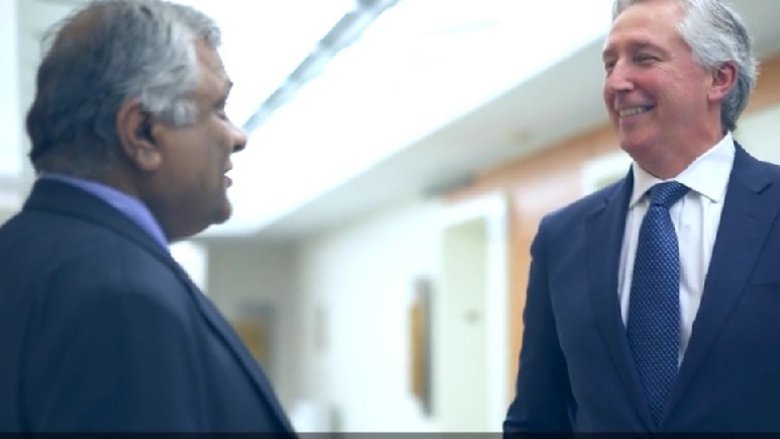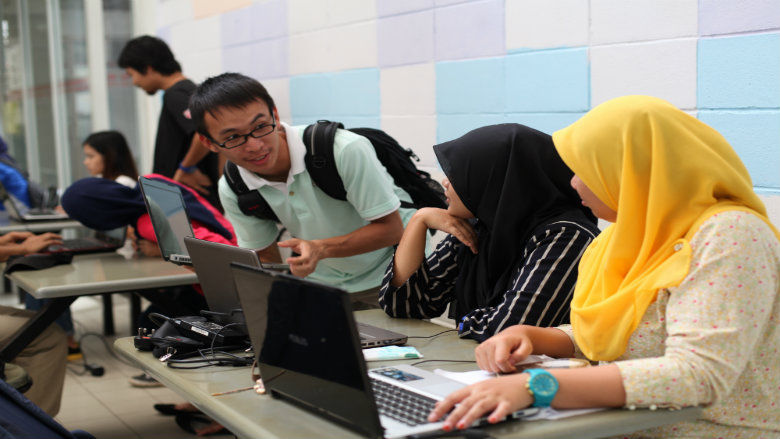COVID-19 Response
The Procurement team has been supporting partner countries with timely and innovative solutions to prepare and implement emergency operations to combat the COVID-19 pandemic. In this context, a resilient supply chain is key, and the knowledge and skills of World Bank staff have been particularly important in providing careful analysis of the current market and exerting the utmost flexibility in conducting procurement. The support is focused in three key areas:
- Helping the Bank’s COVID-19 operational response through emergency fast track procurement;
- Supporting project procurement activities through Hands-on Extended Implementation Support (HEIS), upon Borrower’s request;
- Dealing with the supply chain constraints for medical supplies and equipment through Bank-Facilitated Procurement (BFP) as a match-maker between a Client and a manufacturer or supplier; and
- Addressing the impact of COVID-19 on procurement processes beyond the emergency response. This includes addressing potential delays and/or termination of ongoing contracts due to force majeure situations, delays in ongoing procurement, and the challenge of submission of original hard copies of bids.
Support to Fragile and Conflict-Affected States
The World Bank’s advice is needed most in situations of fragility, conflict, and violence (FCV), often characterized by insecurity, instability, and limited capacity, since public spending often covers a larger share of urgent needs and basic services. The World Bank Procurement Framework determines the fit-for-purpose procurement arrangements, while the Bank staff provide extensive support with implementation. For instance, the Middle East and North Africa team developed a Toolkit for Emergency Procurement for Recovery and Reconstruction. The toolkit facilitates adaptation of procurement procedures to enable the delivery of goods, services, and works in situations of urgent need and capacity constraints – especially, in recovery and reconstruction from natural and man-made disasters. It has been used in Iraq to reconstruct bridges around Mosul and resulted in simplified procurement methods in emergencies, and in empowering the local private sector.
A STEP Ahead for Efficient Procurement
World Bank staff and client countries are using the World Bank’s new procurement software, Systematic Tracking of Exchanges in Procurement (STEP), to plan procurement processes while recording and tracking progress. STEP is the main source of data for the Monitoring & Evaluation framework for procurement. This data is used to enhance transparency and future contract award reporting. Transparency is increased by making relevant procurement information, such as upcoming opportunities, publicly available to interested parties, especially businesses. Continued enhancements to STEP, including in its functionality, are improving the overall system performance and user experience.
Gender Equality and SMEs
The Procurement team is promoting gender equality in public procurement in several countries. It is estimated that less than one percent of the estimated $10 trillion spent annually on global public procurement is awarded to women-led businesses. Connecting national procurement needs with women-owned SMEs supports the growth of women-led businesses by building their capacity and connecting them with new markets. In Uganda, the Bank is helping the Government conduct studies on the capacity of the contractors and suppliers and its impact on competition. The team is helping SMEs become more competitive through the development of doing business toolkits and training materials, including an online course. The government of Malawi, with the support of the Bank, is conducting an assessment to identify key obstacles to SMEs’ participation in public procurement and to identify guidelines.
In Albania, the standard bidding documents of the Regional and Local Roads Connectivity Project have clearly spelled out promoting more participation of women through specific clauses on Gender Diversity Action Plan to increase the representation of women in the construction workforce. A comparable initiative has also been included in the national procurement system to raise awareness about provisions in the Albanian Labor Code that promotes gender equality. Bidders are required to sign a self-declaration of adherence to the principles of non-discrimination. The Public Procurement Agency (PPA) has also tightened enforcement by establishing an agreement with the State Labor Inspectorate to facilitate inspections of actual implementation against contracts.
Green Procurement
The Procurement team is supporting partner countries in developing more robust public procurement processes with sustainability criteria for purchases. Sustainable purchases last longer, consume fewer resources, and are less harmful to the environment. For instance, with the support of the World Bank, Grenada became the first country in the Caribbean to take steps to make its procurement bluer and greener. The products the government purchases have now specifications for energy efficiency and recycled materials, and no more single-use plastics or Styrofoam. In Europe and Central Asia, the procurement team is working with staff from the other departments to support Green Procurement under the umbrella of European Union Green Agenda. The team is in the process of implementing two start-up initiatives using grants from the State Secretariat for Economic Affairs, Switzerland (SECO):
- In Albania, the team will be working with the Government to streamline green public procurement, climate-related disaster resilience standards for goods, services, and works as well as procurement planning and procedures for disaster response into Albania’s legal and operational framework on public procurement;
- In Ukraine, the Bank will be working with the Government on the development of green and sustainable procurement practices among contracting authorities and the private sector.
Resources: "Green Public Procurement : An Overview of Green Reforms in Country Procurement Systems"
Technology in Procurement
The World Bank is working with partner countries to help reform their public procurement systems, using the latest technologies and disruptive trends, such as procurement analytics, electronic government procurement, artificial intelligence, blockchain, and geotagging.
Resources: "GovTech Procurement Practice Note"
Electronic Government Procurement
The Procurement team has been helping modernize systems in all regions where the Bank works. Electronic Government Procurement (e-GP) has become a building block for greater data disclosure and advanced data analytics, which provides information that can be used for better project implementation and monitoring. There is a consistent recognition that eGP technologies reduce the transactional effort for most procurement processes. The team is also helping inform other emerging innovations in procurement, such as artificial intelligence, and distributed ledgers and blockchain. For example, the availability of machine-readable procurement data collected in e-GP systems provides the basis for procurement and contract data analytics. The team is also helping close to 50 percent of IDA countries implement e-procurement systems and conduct detailed data analytics, in order to increase efficiency of public spending and mitigate corruption risks.
Procurement Data Analytics
The Bank is working with governments to harness the advancements in artificial intelligence and data analytics to offer a better understanding of the public spend volume and categories, detect inefficiencies and bottlenecks in procurement processes, and automate the fraud detection in large data sets. For instance, in Indonesia, Philippines, and Thailand, comprehensive data analytics exercises resulted in actionable recommendations to better manage the use of public funds and increase the quality of procurement outcomes. In Europe and Central Asia, the Bank has supported an increasing number of countries, such as, Romania, Bulgaria, Ukraine, Georgia, Armenia, and Albania, in using indicator-driven data analytics as a tool to measure the performance of their procurement systems and promote evidence-based policy and decision making.
Disruptive Technology
The World Bank promotes the integration of disruptive technology in public procurement processes. In addition to automating transactions, disruptive technologies may help better integrate e-GP systems with Financial Management systems, certify the completion of work or receipt of supplies, and control the flow of money through integrated payment systems. They may also be used to track evidence-based data on economic operators with unique identifiers, such as beneficial ownership, historical contract performance, or fraud detection.
Disruptive technologies can drive innovation and automation in public procurement transactions and can reduce the burden of routine small-value and/or low-risk procurement. This means that borrowers can dedicate greater attention to the higher risk, high-value or complex procurement arrangements from planning through implementation. For example, (i) In Uganda, the procurement supply chain includes drones for emergency delivery of life-saving medical supplies, (ii) the Bank is supporting the Romanian Public Procurement Authority in the screening of any upcoming primary or secondary legislation or guidelines, rules and regulations to identify any contradiction with the public procurement legislation, driven by artificial intelligence; (ii) the integration of geo-enabled monitoring in e-Procurement systems has increased the efficiency of procurement supervision in project implementation. In addition, the Bank is leveraging its Procurement Framework to facilitate the adoption of disruptive technologies in Bank-financed projects when appropriate and help deliver cutting-edge development solution.
Resources: "Disruptive Technologies in Public Procurement" Report
Procurement System Assessments and Reform
The World Bank supports the improvement of procurement systems by targeting specific challenges identified by diagnostic and assessment, including in several IDA and FCV countries. Under IDA 18, the World Bank is committed to deliver at least five assessments in IDA countries.
MAPS: Setting the Standard for Sound Procurement
The team is conducting 21 country procurement system assessments using the Methodology for Assessing Procurement Systems (MAPS). The Bank co-chairs the MAPS Working Group comprised of multilateral development banks, bilateral donors, and partner countries. The newly revised MAPS is intended to catalyze and accelerate the implementation of modern, efficient, sustainable, and more inclusive public procurement systems in all countries. The tool’s analytical framework is grouped under four organizational pillars: legislative and regulatory framework, institutional framework and management capacity, procurement operations and market practices, and integrity and transparency of public procurement systems. MAPS assessments highlight where reforms are most needed and indicate how they can best be implemented. Under IDA18, the team exceeded the benchmark set by the policy commitment of five countries. MAPS assessments were concluded for Bangladesh, Burkina Faso, Kazakhstan, Malawi, Mozambique, Rwanda, and Zambia. The Democratic Republic of Congo, Djibouti, Moldova, and Ethiopia are expected to be delivered this year (2020).
Global Public Procurement Agenda
The Governance-Procurement team is committed to implement better public procurement through an energized Global Public Procurement Partnership, based on mutual reliance among all countries, stakeholders, and people. The team intends to do so by helping cultivate synergies among existing and planned initiatives aimed to maximize development impact of procurement reforms.
Global Procurement Partnership MDTF
The Global Procurement Partnership Multi-Donor Trust Fund (GPP MDTF) was established in 2017 to support clients in achieving modern, efficient, and transparent procurement systems by providing global goods, analytical tools, and resources that advance procurement reforms. Currently, several activities are being implemented under the GPP, including a Global Procurement Database, open contracting and transparency, MAPS country implementation, and an impact evaluation of electronic Government Procurement (e-GP) system implementation.
Capacity Building
A focus of the World Bank, especially in the context of its Procurement Framework, is to help build the capacity of country partners. The World Bank’s capacity building activities in procurement include knowledge sharing and training events, learning forums, support to projects for procurement reforms, and implementation support vis-à-vis overall engagement by Bank staff for technical and advisory support at the country level. For instance, in Europe and Central Asia (ECA), the Procurement, Integrity, Management and Openness (PRIMO) Forum continues to be one of the leading venues for client procurement specialists in the ECA region to share experiences and lessons learned. World Bank’s procurement officers from Latin America and the Caribbean, and the Caribbean Development Bank, are providing public officials the opportunity to earn globally recognized professional qualifications through the University of Technology, Jamaica. The South Asia Procurement Innovation Awards recognize entities that use innovative approaches to add value, generate savings, and offer out of-the-box thinking through their procurement functions.
Last Updated: Apr 14, 2020
